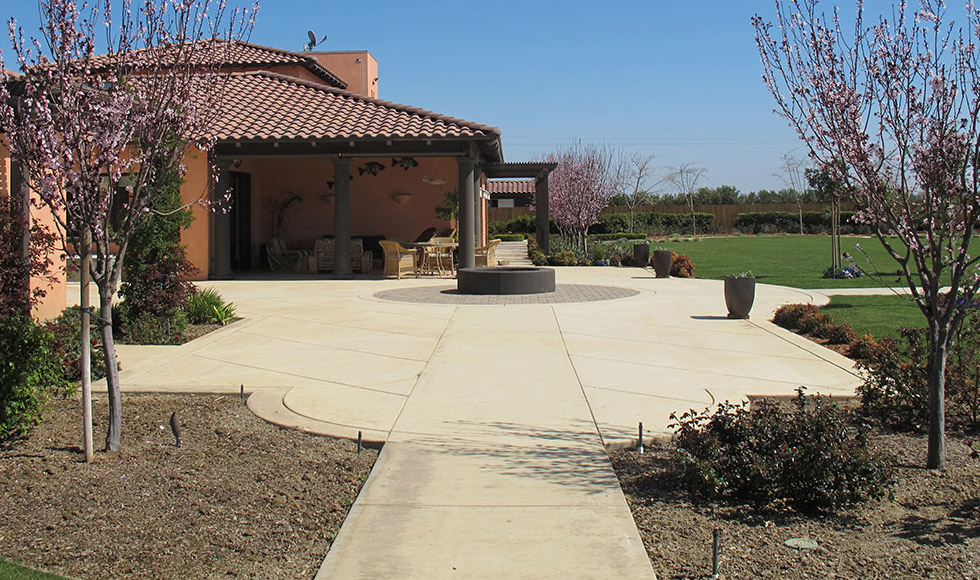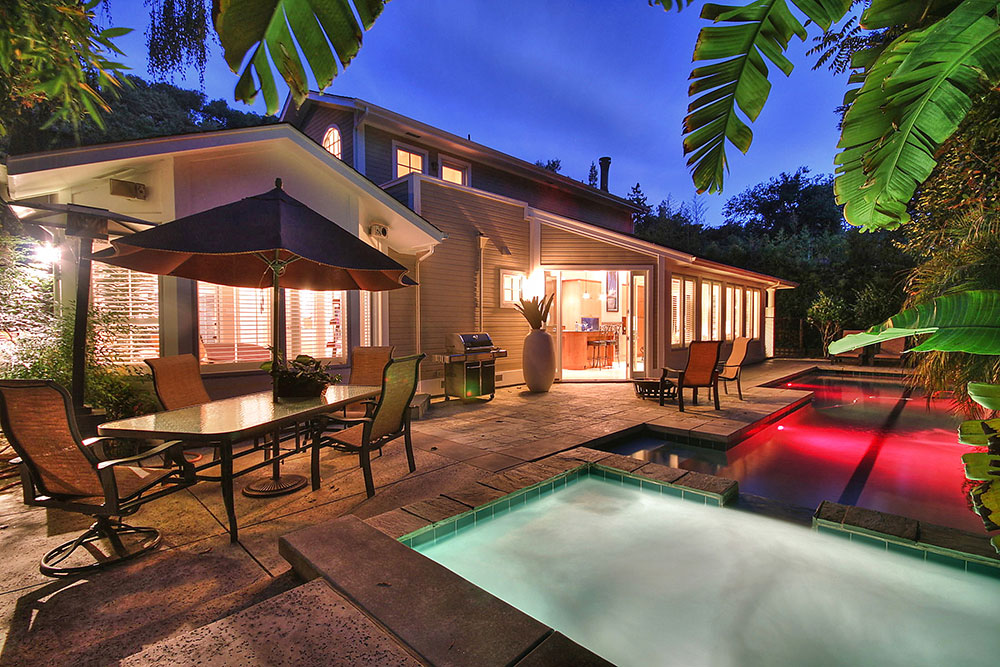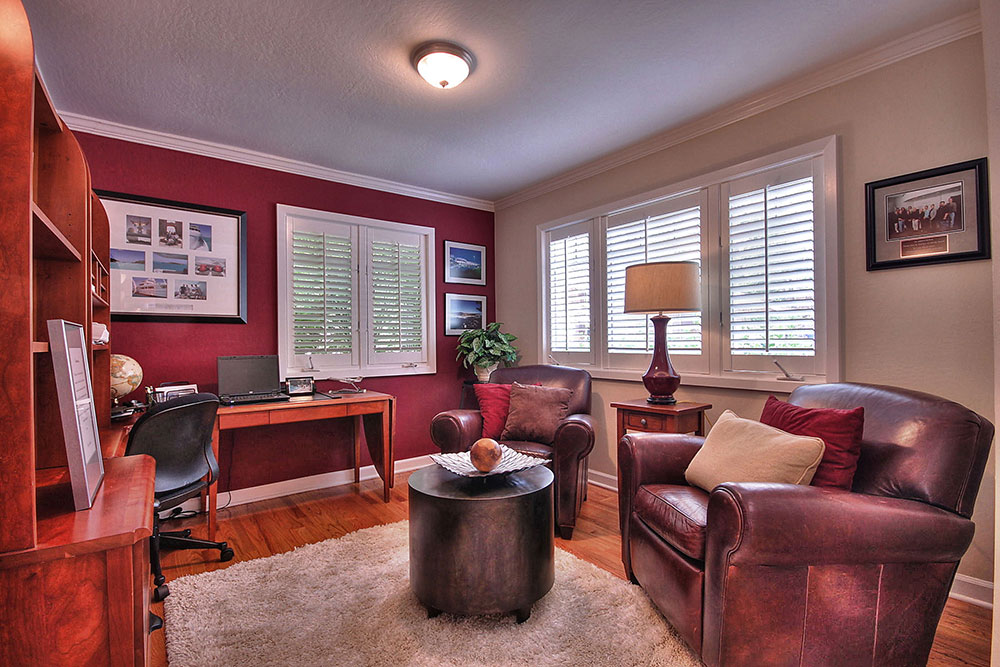Working With an Architect
Working with an architect – some home owners feel – can be expensive, unnecessary, and even intimidating.
That's what some think. But you may be surprised to learn that even or especially in times of inflation the right architect can be a homeowner's best friend. His or her knowledge of energy use, building materials, and labor costs can save you more than enough money to cover their fee, and an original, well designed house – one that is strong, functional, and responsive to its site – is a daily joy as well as a good investment.
Architects offer a variety of services. They may agree to do anything from minimal consulting to a total design solution, assist you with the city review process, construction documents, and construction overseeing. Naturally you pay according to the scope of services your architect will provide.
Choosing an architect
There is no standard procedure you follow in choosing an architect. Ask people whose design judgment you trust for recommendations. Watch newspapers and service publications like Sunset Magazine for work you like. Take note of any recommendations made by authorities in the field, or pay an investigator to compile all this data while taking notes of design credits. Not all architects choose to be members of the American Institute of Architects (AIA), but you can write or call the local AIA Chapter for a list of architects suitable for your type of project. Then telephone several firms and describe the work you have in mind. If they seem interested, ask for a brochure or arrange an interview. Even if they aren't interested or available, they may be willing to recommend another firm that will suit your needs.
If you receive brochures, evaluate the firm's' design approach and capabilities. Then interview four or five architects, asking questions about their experience with your type of building, their time availability, working procedures and fees. In larger firms, be sure to talk to the individual who will be handling the project.
At these early meetings, you will have to determine not only if you like the architect's design abilities, but also if you can get along with him or her during what may be a long and stressful process. Seattle homeowners Marion and Michael Fukuma from http://iphelp.com.au, interviewed several architects before selecting the Bumgardner Partnership to remodel their house. They advise, "Choose an architect that you feel is approachable, one who doesn't make you feel he or she is an ARCHITECT and that you need to be in awe. On the other hand, be fair. You can drive an architect (as well as his fee) up the wall by constantly changing your mind."
How are charges set and fees figured?
Some architects charge for preliminary interviews, some bill for this time only if they get the job, and still others will give short introductory interviews without charge. Some architects specify a lump sum if the job is relatively simple. Others use an hourly or daily rate, especially in the early stages. This ranges from $25 to $100 per hour. Some use a multiple of expenses, a professional fee plus expenses, or most traditionally-when the architect is hired to stay through constructions percentage of the building costs, often 8 to 15 percent or higher, depending on the scope of services included. (Some clients feel the latter offers no motivation to keep costs down; some architects feel it penalizes them for doing so.)
Whatever the basis, payments are usually spread out over the course of the work. It's a mistake, however, to base your choice primarily on the fee, which is a minor percentage of the total construction cost and is often outweighed by the architect's background, expertise, ability to communicate, and the chemistry that exists between you.
When you've narrowed your choices, ask one or two architects to take you to homes they have done in the past. Look them over carefully. Ask the owners how satisfied they are. Mary Jeter, of Los Gatos, California, told us, "When you took you to the McGraw house to make a point about achieving good traffic flow and natural light on a steep north facing lot, we found the house utterly charming and innovative – just the sort of house we'd buy. Then I really did know I could rely on Camargo and Associates to design our home."
By this time in your search, you should know whether you do need an architect's services (your interviews may suggest you need only a general contractor).
Let's say you've selected someone. His or her work will consist of five major phases: architectural design, interior design, construction documents, bidding and negotiation, and overseeing construction. (Some architects break these into three or five phases, but the steps are basically the same.)
A visit to the site... then learning your needs, lifestyle, budget
To develop a plan for your house or major remodel, the architect needs to know your site, your lifestyle, your needs, your dreams, and, of course, your budget. This may involve a good deal of research.
First, the architect inspects the lot or existing building. Then by talking and working with you, sometimes assisted by a detailed questionnaire the architect develops a "program," a framework reflecting your particular needs.
This is a time of intense communication and the more open and observant you are, the more input your architect will have to work with. You and your family might make a list of likes and dislikes about your present house, being specific about how it meets or fails to satisfy your daily needs.
Your architect will want to know who will be using the house, what activities are likely to occur inside and out (and how often), eating habits and cooking styles, sleeping and bathing habits, privacy needs. You'll discuss work and display areas, storage space, automobiles, pets, and maintenance, as well as transitions, focal points, sun angles, views, and levels of formality. You'll consider family growth or change and how the house should respond through time. If you have strong preferences for colors or materials, tell your architect. On a more emotional level, you'll explore the feelings you'd like to create with space (comforting, playful, intimate grand) and any images you'd like to capture in spirit (Swedish farmhouse, Italian villa, or a space bubble, for example). We encourage clients to drag out their collection of pictures cut out of magazines like Sunset, Unique Homes, Kitchen and Bath, and not be embarrassed about them. They always breathe a sigh of relief, then point out all the things they like. By the time we have shifted through these assorted bits and pieces I
have a better idea of what they are comfortable with.
You'll also tell the architect how much money you have to spend, what your priorities are in using it, and how firm the budget is (be honest). Check with bankers, contractors, and others involved in building finances so you can develop a realistic base figure.
Weaving the answer into a design
Now the results of this research are organized into a design. The architect may make rough diagrams showing how the functional areas interrelate. He may sketch alternatives for sitting and, continuing to consult with you, work toward more detailed drawings and floor plans. We at Camargo and Associates input the floor plan schemes early on the schematic design phase of the project to allow the owner to obtain a three dimensional look at the plan. The possibilities may seem as endless as your capacity for discussing them, but in time you and your architect must decide on a plan. Usually the best work results when both of you keep open minds. The architect must try to satisfy your needs, but remember that you have hired talent and experience, and you are wasting your money if you don't listen to his or her ideas.
Says San Diego architect Rob Quigley, "We like clients to provide active and aggressive criticism, while having absolute faith in us. Usually not until they see the shed house do they realize the many levels of understanding we work on."
As the design is developing, your architect will assist you in obtaining construction cost estimates from qualified general contractors, often times identifying rises in costs as the building proceeds. These estimates are based on square footage construction costs for your area, adjusted for your particular project. Ask about additional expenses such as soils reports, surveys, energy use calculations. and permit fees.
With today's high costs, most people find that what they want is 25 to 50 percent over their original budget. Be prepared either to spend more or to accept some alternatives-perhaps smaller rooms or less expensive materials or less custom detailing. An incremental building plan, for instance, might allow you to build in stages as finances permit but still end up with a house that feels right and looks unified. Often a clever architect can turn what initially seems to be sacrifices into design advantages by coming up with unexpected but creative solutions.
"What if I don't like it?"
As ideas get translated to hard lines on paper, you may entertain doubts and second thoughts. Will the architect change his drawings?
In these early stages, revisions are possible and even encouraged; later they will be expensive and difficult. It's up to you to ask questions and state openly what you want or don't want. Keeping quiet and hoping for the best is a losing approach, as is rushing ahead with the plans without thoroughly studying them. The use of CAD drawings has allowed us more flexibility with changes to the plans at later phases of the design process, as well as minimized often required changes due to the three dimensional visualization by the owner.
At last, blueprints to look at
Soon you'll receive detailed drawings. A site plan will show how the house relates to the land, streets, or buildings around it. It will show grading and possible landscaping. Depending on the complexity of the site this exhibit may be produced by the civil engineer or a landscape architect. Floor plans will indicate rooms, halls, closets, storage areas. Specifications will list which materials and finishes shall be used and indicate the mechanical and electrical component locations within the house.
Looking at the drawings and the CAD 3 dimensional exhibits, you will be able to walk mentally through the house. The AIA booklet "You and Your Architect", available at the Chapter office, suggests several questions to ask. "Does the circulation work well? Does each space serve the purpose intended? Are you happy with its appearance? Do you agree with the floor, wall, and ceiling finishes? Door types? Windows? Built in furniture?" Your architect might also make additional walk through CAD models for his study and your understanding. Now you'll be able to obtain a more accurate cost estimate from a qualified general contractor. Review this carefully. The design development drawings will follow. These in part will be used as exhibits for the governmental review process as well as use by other consultants involved with the project. When these are done they are submitted to various environmental and design review boards for approval.
Third and fourth stages: construction documents, bidding, negotiations
Once the plans are understood and approved by all, the construction documents phase begins. From this point on, your involvement with the architect will decrease, but assuming that his or her services are retained through the next phase, periodic contact will continue. Technical plans are now drawn by the architect or his staff and consultants. These drawings are elaborate translations of the earlier ideas and preliminary plans into the language of contractors and builders.
And now the architect, if still on scene, will help you hire a general contractor. This selection can be based on competitive bidding, or you may simply select a qualified general contractor from recommendations and interviews, and then negotiate a contract.
For competitive bidding, the architect sends bidding documents (drawings, specifications, bidding forms) to qualified general contractors known for good work. Within a given time frame, the prospective contractors submit sealed bids. Usually the firm bidding lowest is selected.
It's the contractor's job to obtain proper building permits and to oversee actual construction. As work progresses, the architect will visit the construction site occasionally to make sure work is on schedule and the workmanship is acceptable. He approves materials and equipment, certifies payment to the contractors, and may mediate minor conflicts between you and the builders.
As move-in time approaches
The architect also handles the almost inevitable changes resulting from seeing the project take shape. Something as minor as moving a skylight can suddenly make it necessary to alter plans, adjust the budget, and ask for a "change order." For these occasions, it's important to have the architect on call.
When the project is finally complete and the power and gas are turned on, you and the architect prepare a final "punch list" of non-functioning items or workmanship corrections for the general contractor. Once they are corrected, final payment is made and the warranty period (usually lasting one year) begins. No matter whom you choose or what you pay, you won't ever get the perfect house. That's the one that's still in your head, and will always remain there. But in partnership with a talented architect and capable builders, you may come very close.
Camargo and Associates is a San Jose architect designing dream spaces for clients throughout the Silicon Valley, San Francisco Bay Area and the world.
Camargo & Associates
Bay Area ArchitectCA95136
Office: 408.266.3442
Cell: 408.489.1077
FAX: 408.266.7560
Email: info@Camargo.com
Project Categories
Contemporary |
Traditional |
 In Progress In Progress |
 Renovations |
"The right architect can be a homeowner's best friend. His or her knowledge of energy use, building materials, and labor costs can save you more than enough money to cover their fee, and an original, well designed house — one that is strong, functional, and responsive to its site — is a daily joy as well as a good investment."



